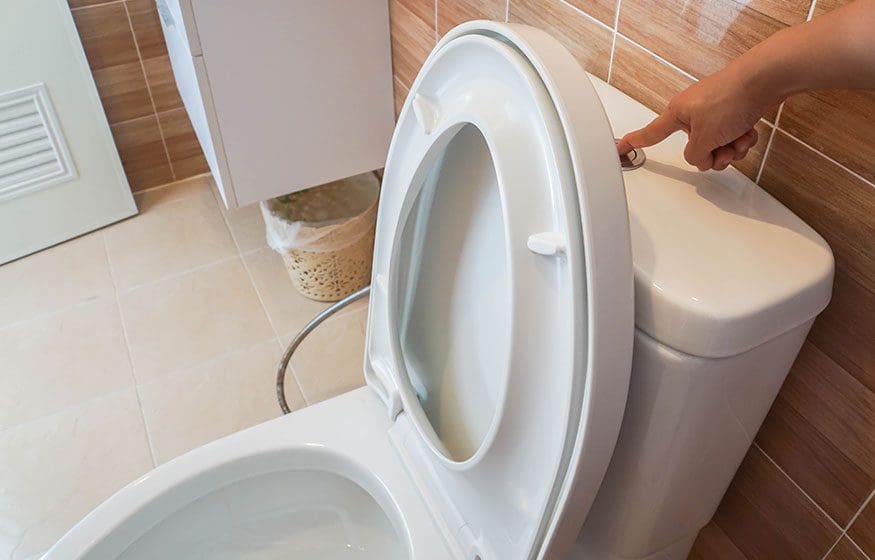Is your toilet tank experiencing condensation on the outside? While it may initially cause concern, it’s important to understand that this phenomenon is the result of basic science at work in your bathroom. However, it may not be a sign pointing to the immediate need for toilet repair. Here, we will explore the reasons behind…
READ MORE PLUMBING ARTICLES
By Made’s Plumbing
Ensuring Safe Water in Arlington, TX With Service Line Inspections
Headline stories like what happened in Flint, Michigan several years back have been a reminder…
Plumbing Myths in Arlington, TX: What Property Owners Should Know
Since the time we’re kids we hear all kids of plumbing myths. From the ridiculous,…
What to Do in a Plumbing Emergency: Tips for Arlington Residents
Experiencing a plumbing emergency in your Arlington, TX home is way more stressful than regularly…
Drop Us a Line!











